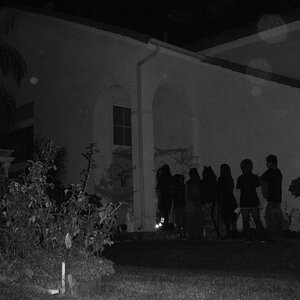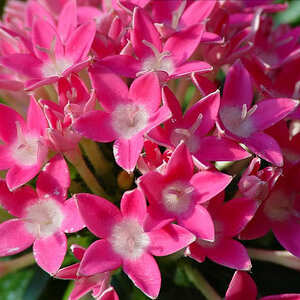tulla4122
TPF Noob!
- Joined
- Sep 24, 2009
- Messages
- 30
- Reaction score
- 0
- Location
- Central Minnesota
- Can others edit my Photos
- Photos OK to edit
I would like some advise on taking pictures of the moon and stars. Last night I went out and took some pictures and they did not turn out that great. I set my camera to the " bulb " setting and my ISO at 200. I left the shutter open for between four and 10 seconds. The star shots turned out better than the moon. I kept getting a red spot on the moon shots and it appeared the stars moved.....( do they move that fast ). I would like to try again. Here are my options for Lens's.
Nikon 28 mm 2.8, Nikon 85 mm 1.8, kit lens 18-55 mm, kit 55-200 mm and a 300 mm Tamron. Which of these would be my best bet for lens? Also shutter speed and ISO assuming it is clear night.
Thank you for any advise.
Nikon 28 mm 2.8, Nikon 85 mm 1.8, kit lens 18-55 mm, kit 55-200 mm and a 300 mm Tamron. Which of these would be my best bet for lens? Also shutter speed and ISO assuming it is clear night.
Thank you for any advise.


![[No title]](/data/xfmg/thumbnail/39/39290-dfb3e819bd94a7f30797638ae1ae27cf.jpg?1619738958)

![[No title]](/data/xfmg/thumbnail/37/37606-3c9ffb5906173fa2aa489341967e1468.jpg?1619738148)
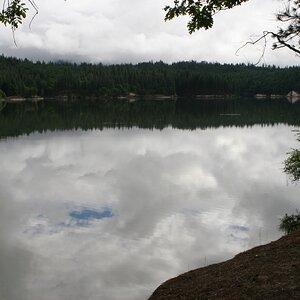
![[No title]](/data/xfmg/thumbnail/37/37603-739c5d9b541a083a12f2f30e45ca2b7b.jpg?1619738147)
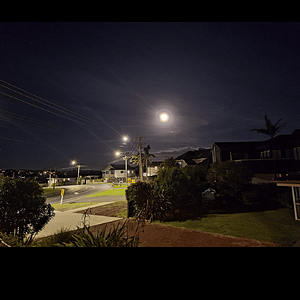
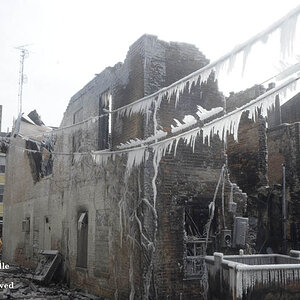
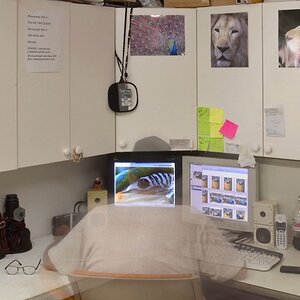
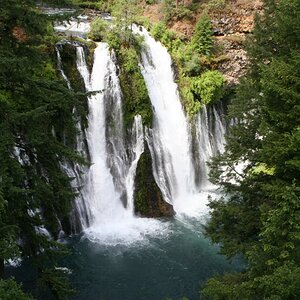
![[No title]](/data/xfmg/thumbnail/31/31744-f06a1a9bb9c74e3b8b332878f5fe71f1.jpg?1619734986)
